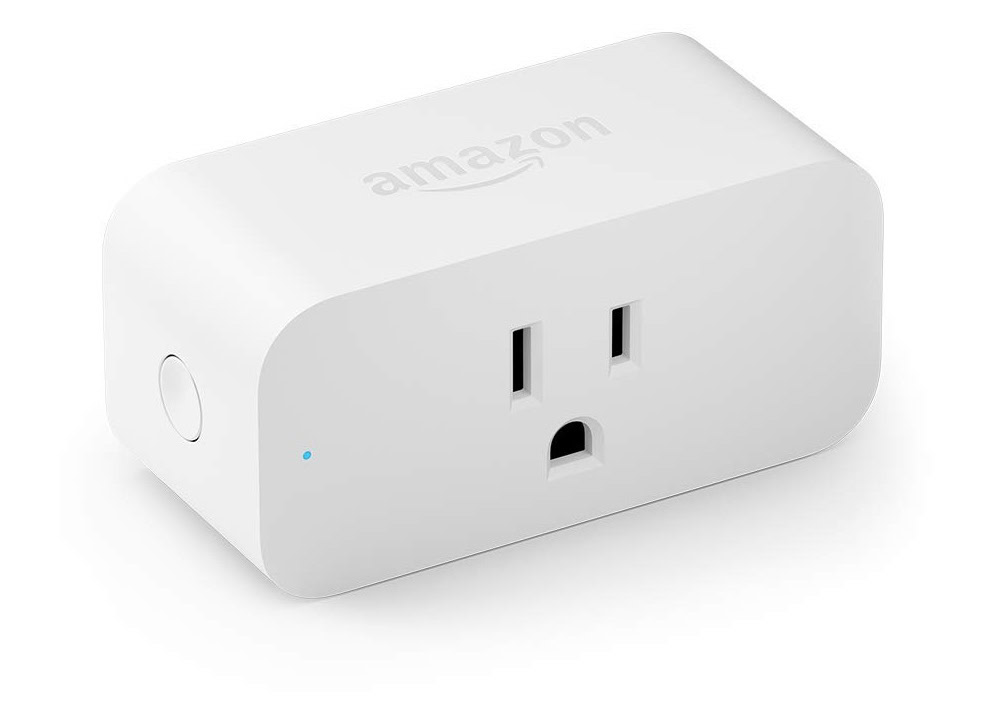Affiliate links on Android Authority may earn us a commission. Learn more.
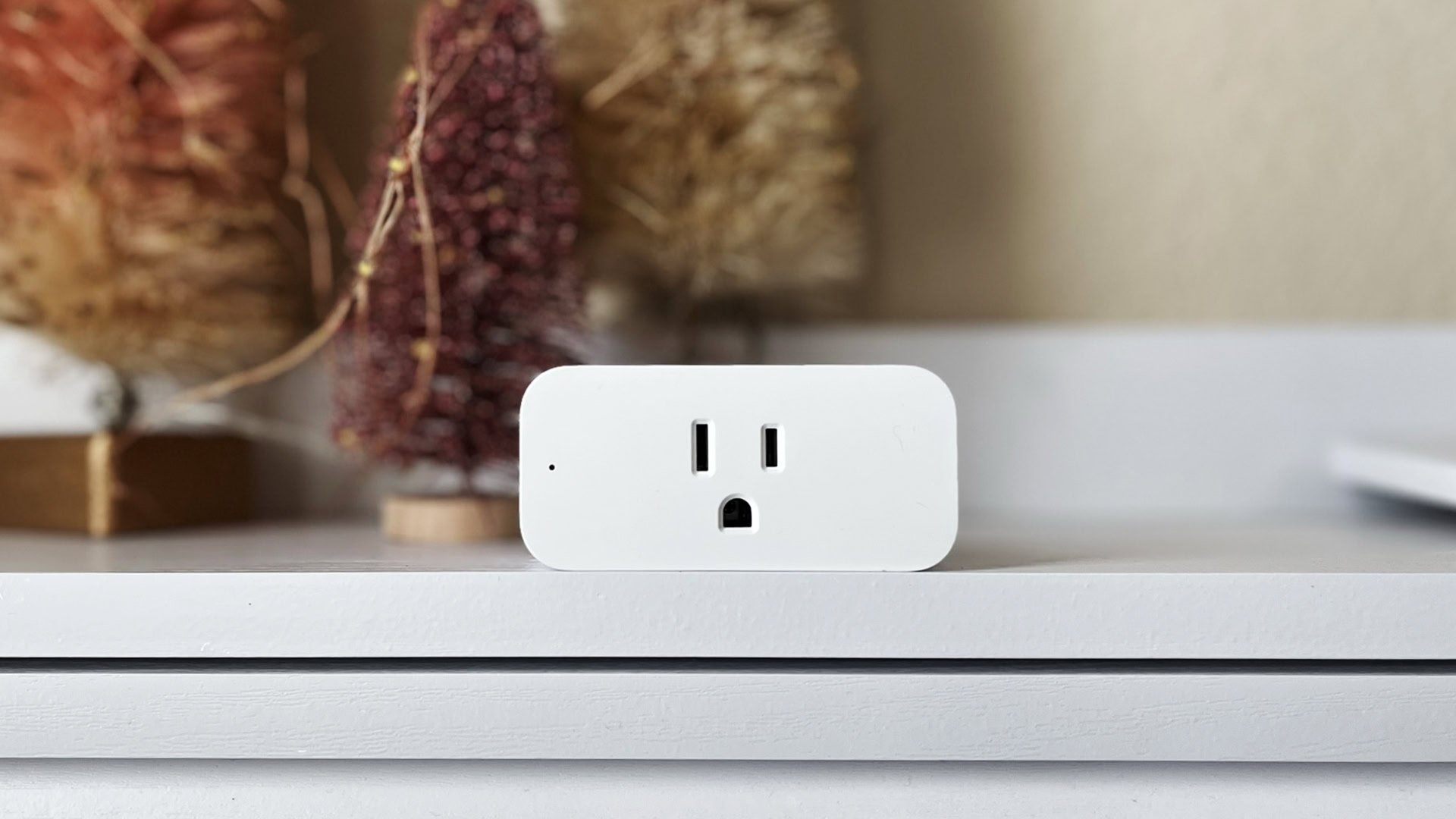
Amazon Smart Plug review: Plug-and-play for Alexa diehards
Published onJanuary 9, 2022
Amazon Smart Plug
MSRP:
What we like
What we don't like
Amazon Smart Plug
Smart plugs are an underrated category in the smart home world. While they may not be as sexy as smart displays or color-changing light panels, they’re a quick and affordable way to bring on/off automation to devices that wouldn’t otherwise have it. The Amazon Smart Plug is meant to fit the bill for anyone decking out an Alexa-based smart home, and may be a default purchase for many people picking up Echo speakers. Find out if it’s worth adding to your collection in this Amazon Smart Plug review.
What you need to know about the Amazon Smart Plug
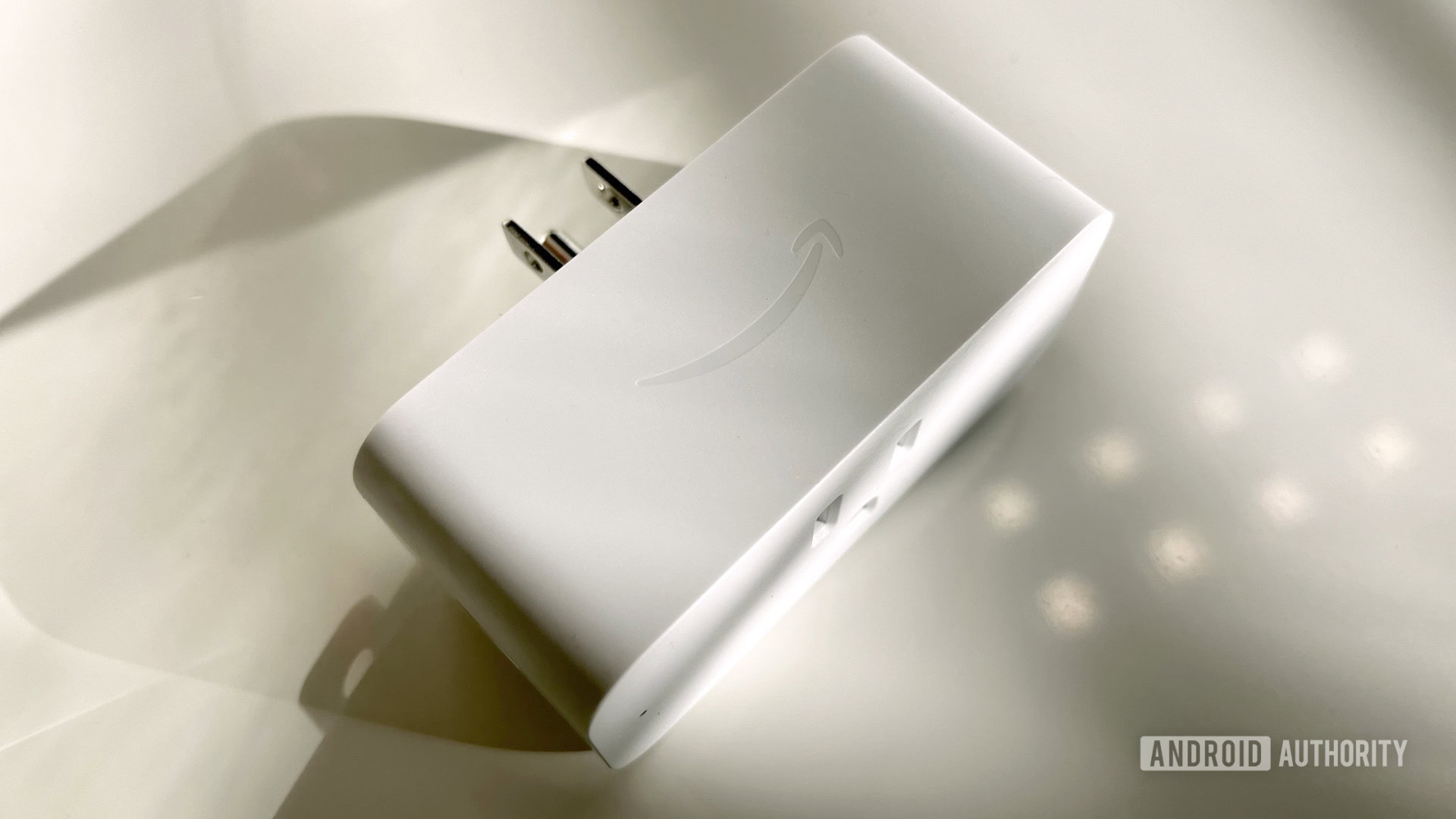
- Amazon Smart Plug: $24.99 / £24.99 / €24.99 / Rs. 1,999.00
Amazon is pretty upfront about the Smart Plug’s focus: it’s built exclusively for Alexa. It doesn’t support Google Assistant or Apple HomeKit, or even standards like Zigbee or Z-Wave. You explicitly need the Alexa app for Android, iPhone, or iPad to connect it to your Wi-Fi network. This association is so close that if you shop for a speaker like the fourth-generation Echo, Amazon markets the Smart Plug as an add-on “accessory.”
The smart plug is indoor-only and operates on 2.4GHz Wi-Fi. While 5GHz is favorable for more advanced smart home tech, 2.4GHz is fine in this instance as the smart plug doesn’t need a lot of bandwidth and it ensures longer range coverage.
Depending on where you live, the exact form factor of the product may vary due to alternate power standards. Our review unit was a bar-shaped North American model with 120VAC input and a maximum 15 amp output — that capacity can shrink to as little as 6 amps in India, limiting the appliances that will work with it.
Amazon Smart Plug is available from Amazon (of course) and comes in a single color option: white.
What’s good?
The Smart Plug lives up to Amazon’s promises of easy installation. It goes into pairing mode the moment you plug it in for the first time, and when I opened the Devices tab in the Alexa app, I got a pop-up offering to guide me through the setup process, including adding it to a room group for easier voice control. The most involved things got was scanning a QR code, and editing the plug’s name to be something other than “First Plug.” Don’t worry — if you lose the QR code, you can always add (or re-add) the plug by holding down its power button until the LED starts flashing, then using the Alexa app’s manual addition process.
See also: How to use Amazon Alexa
For what it is, the design of the Smart Plug is both slick and practical. The North American version is a matte white brick with rounded edges, and though it isn’t exactly svelte, it is shaped to avoid blocking other outlets in vertical layouts. Sure enough, it leaves plenty of space for cord plugs or similarly-designed smart plugs, and you can always turn the product on or off physically thanks to the side-mounted power button.
The design of the Smart Plug is both slick and practical.
The plug’s Alexa integration offers most of what you’d want and expect it to. For direct control, you can use either an Alexa speaker or the mobile app. The latter also enables automatic routines, triggered by custom variables like schedules, your phone’s location, or other smart home products. For testing, I plugged in a room heater and created one routine that would start warming up my bathroom an hour before sunrise, followed by a second that would shut off at sunrise exactly. Conceivably you could do things like have fans turn on when you arrive home, or set lights to turn on when an Alexa-compatible security system is triggered. For the most part, you’re limited only by whether connected appliances benefit from a simple on/off setting.
Related: How to use Alexa routines
What’s not so good?
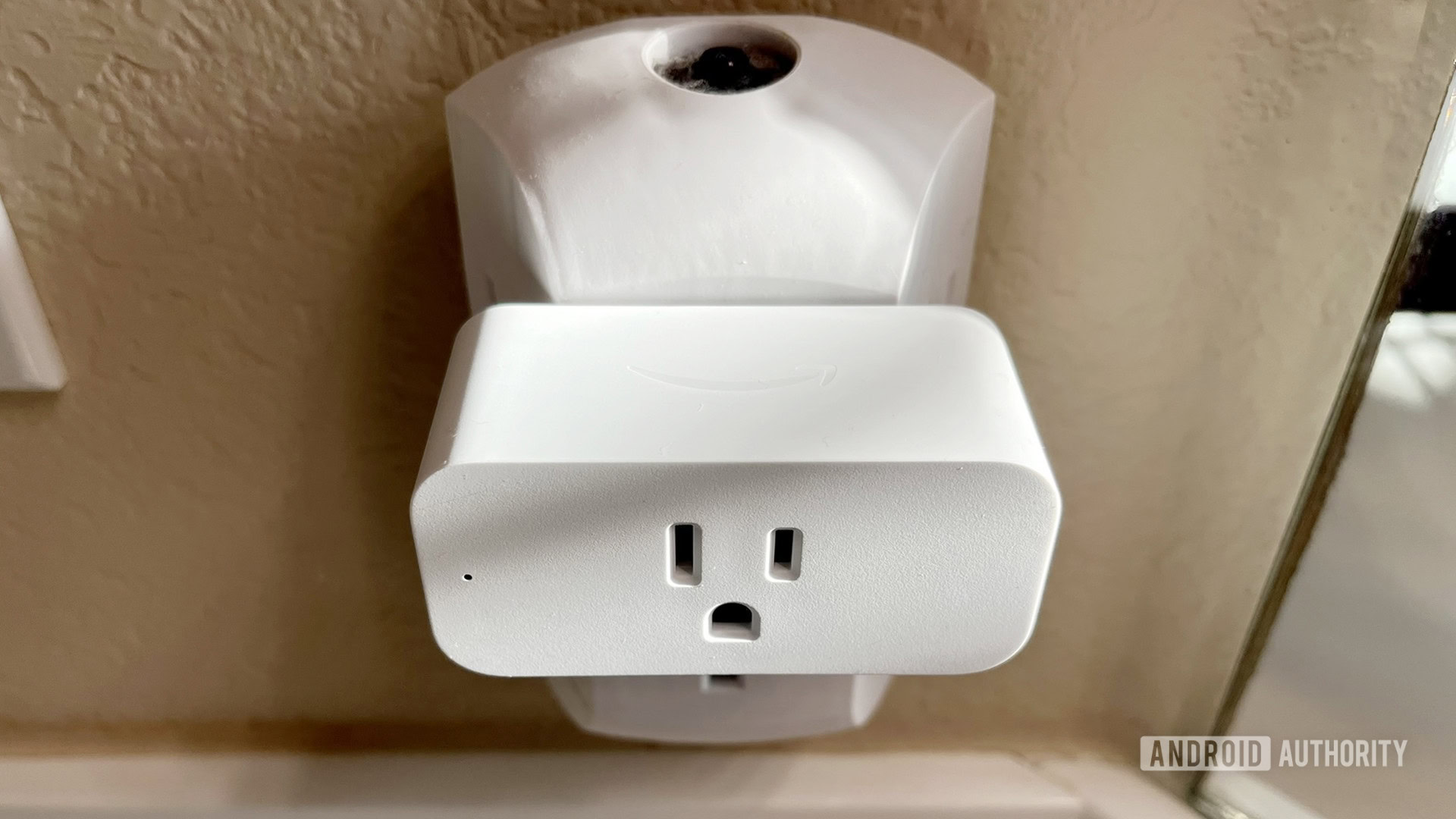
While a number of conditions can trigger the Amazon Smart Plug via Alexa routines, you may find it missing some options. There’s no choice to use local weather, for example, which would be extremely handy for things like blinds, fans, heaters, and radiators. However, you can use data from select Alexa-compatible sensor sources, such as Ecobee thermostats, or the fourth-generation Echo speaker. Any gaps are a broader problem with Alexa, really, but relevant given the multi-purpose nature of smart plugs, and the absence of a third-party app solution.
Amazon promotes the ability to get tips and consumption estimates through the Alexa app’s Energy Dashboard, but if you read the fine print, this doesn’t actually work unless you reclassify the Smart Plug as a “light” in device settings. There doesn’t seem to be an obvious reason for this, and it’s a shame given that there are other plugs for the same price that track consumption without narrow categories, such as Kasa’s Smart Plug Mini with Energy Monitoring.
While a number of conditions can trigger the Amazon Smart Plug via Alexa routines, it's missing some obvious options.
A couple of design quirks are more irritating than serious problems. The status LED on the Smart Plug is incredibly small, which can make it hard to tell if it’s on in a brightly-lit space. And while Amazon has made efforts to avoid blocking outlets, it’s still tough or impossible to use the plug next to some of the larger AC adapters out there. This could’ve been solved by thinning vertical dimensions, maybe making the product protrude elsewhere to compensate. You can work around this by buying third-party power strips.
Amazon Smart Plug review: Should I buy it?
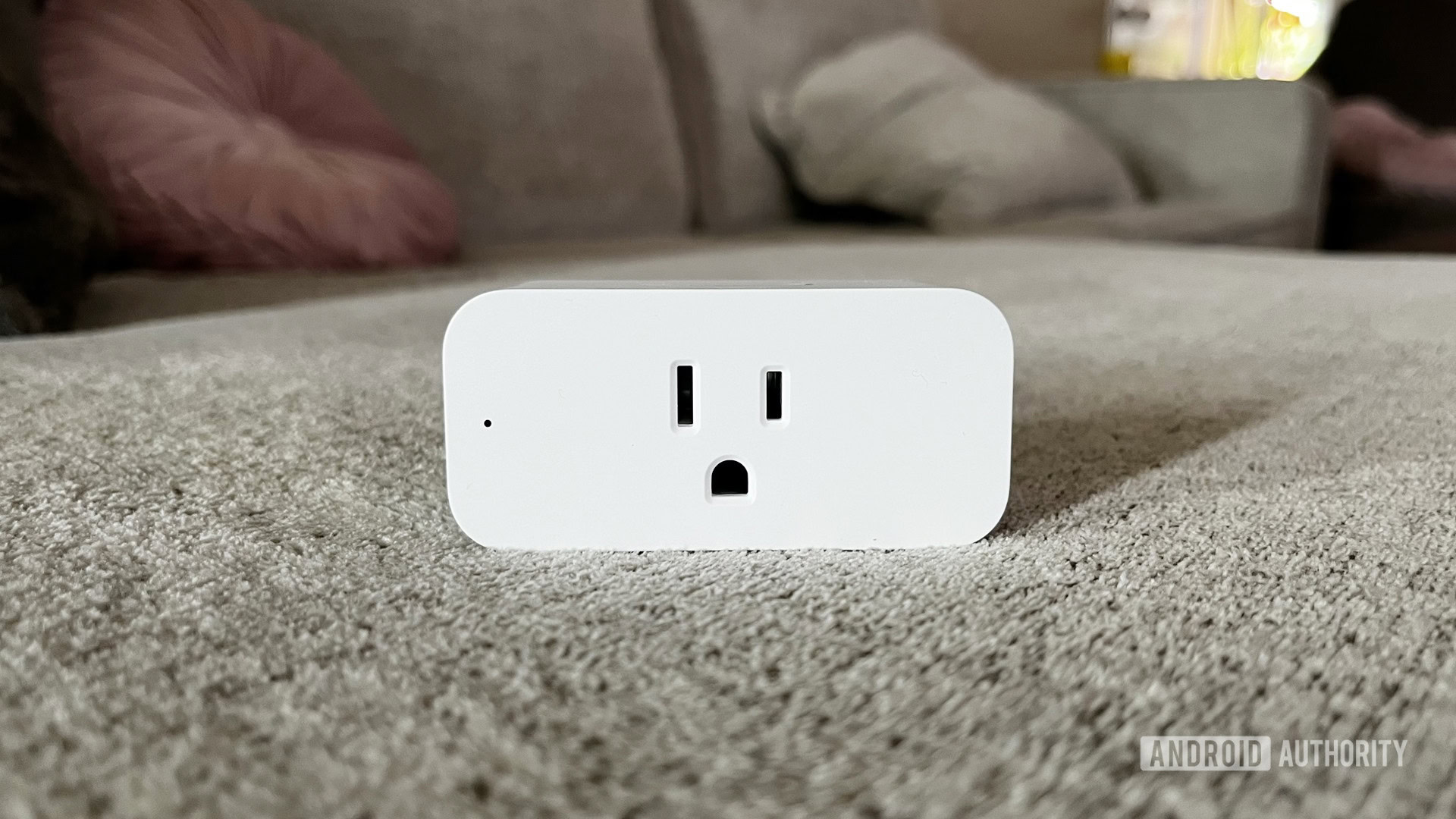
Ultimately, the Amazon Smart Plug accomplishes its mission, which is to provide an Alexa-based on/off control option for dumb devices that’s ridiculously easy to install and control. It’s not groundbreaking, but as a smart plug, it doesn’t have to be.
If you're fully committed to Alexa and don't mind paying a little extra for quick setup, the Amazon Smart Plug is a solid plug-and-play solution.
It is a tough sell, however, if you’re aware of some of the alternatives on the market. The aforementioned Kasa Smart Plug Mini ($23) is cheaper, even in its upper-tier version with energy monitoring, and supports both Alexa and Google Assistant, giving you the flexibility to switch or combine platforms. The Wyze Plug ($12) lacks an energy-monitoring option, but pairs Kasa’s platform flexibility with an even lower price — you can get two Wyze Plugs for less than the price of a single Kasa from Amazon.
If you’re already fully committed to Alexa, however, and don’t mind paying a little extra for quick setup, the Amazon Smart Plug is still a solid buy. If Amazon can improve Alexa’s routine options and change up the Energy Dashboard, it might become the automatic purchase the company wants it to be, but for now it’s only the best plug-and-play solution if you’re a true Alexa die-hard.
